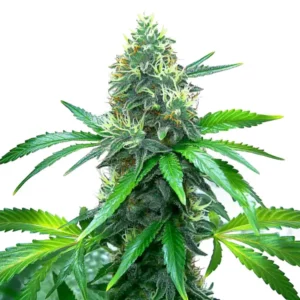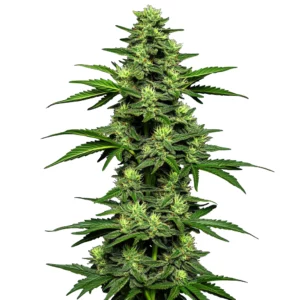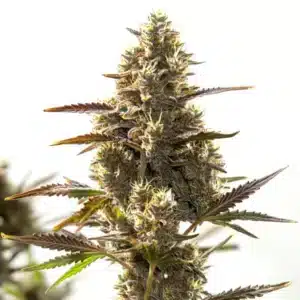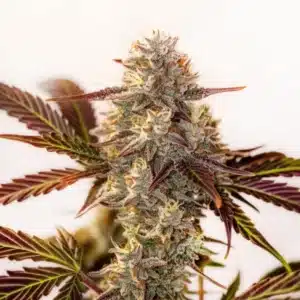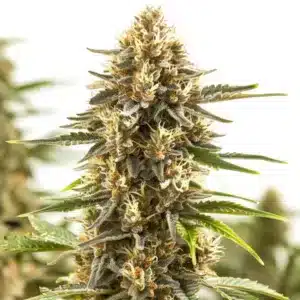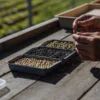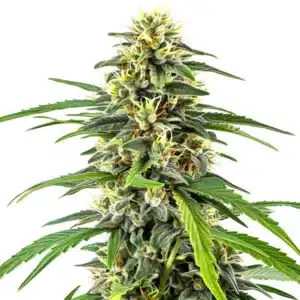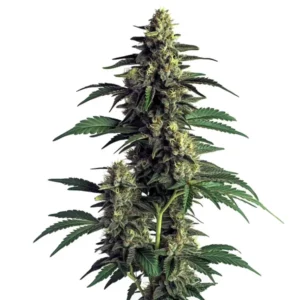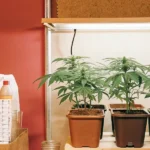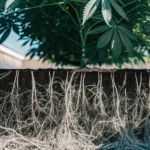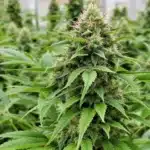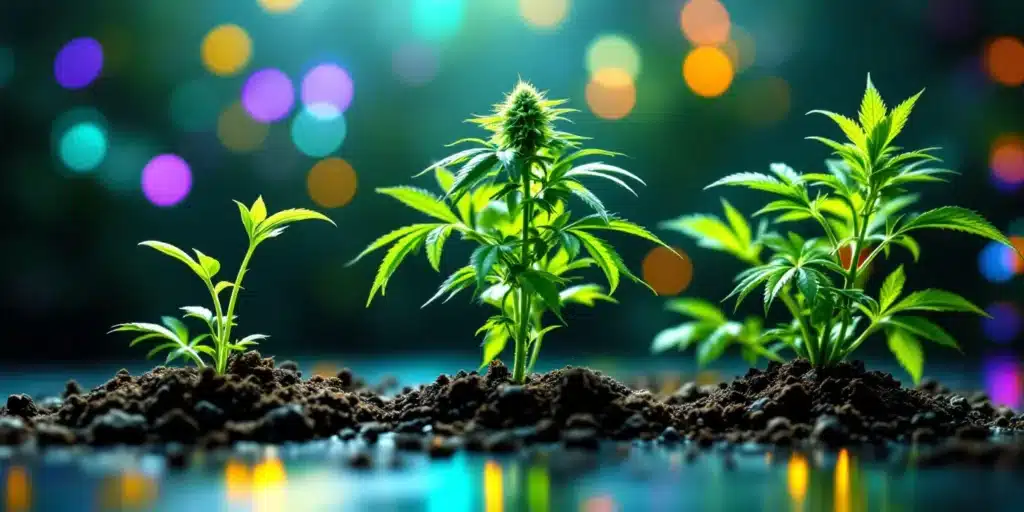
The Ultimate Guide to Fertilizers for Cannabis Cultivation
Growing cannabis can be a rewarding hobby, but it comes with its challenges, especially when it comes to choosing the right fertilizers. With so many options available, it can be confusing to determine which products will support your plants’ growth and enhance their yields. In this guide, we’ll explore how to select the best fertilizers for your cannabis plants at different growth stages, ensuring you maximize their potential.
Fertilizer Basics
Fertilizers serve as a lifeline for plants, delivering essential nutrients required for healthy growth and development. The primary nutrients found in most fertilizers are nitrogen (N), phosphorus (P), and potassium (K)—often referred to as NPK. Understanding how each of these elements contributes to plant health can help you make smarter decisions.
Recommended Strains
OG Kush
|
|
THC | 20% - 24% (Medium) |
|
|
Type | Feminized |
|
|
Yield | Medium |
|
|
Phenotype | 55% Indica / 45% Sativa |
OG Kush Auto
|
|
THC | 17% - 24% (Medium) |
|
|
Type | Autoflowering |
|
|
Yield | Low |
|
|
Phenotype | 50% Indica / 50% Sativa |
- Nitrogen: Vital for lush foliage and overall vegetative growth.
- Phosphorus: Crucial for strong root systems and vibrant flower development.
- Potassium: Supports overall plant vitality and resilience against diseases.
Cannabis plants have distinct nutritional requirements that evolve as they grow. During the vegetative stage, a higher nitrogen content helps develop a strong, leafy structure. As plants transition into the flowering phase, they require increased phosphorus and potassium to promote healthy bud formation. Tailoring your fertilizer choices to each growth stage is key to successful cultivation.
Promos & Deals
Types of Fertilizers
When it comes to fertilizers, growers typically choose between organic and synthetic options, each offering unique benefits and drawbacks. Understanding these will empower you to make informed selections.
Organic Fertilizers
Organic fertilizers are derived from natural sources, such as plant materials and animal by-products. They release their nutrients slowly, providing a steady supply that fosters long-term growth. Plus, they enhance soil health and increase microbial activity.
- Examples include compost, worm castings, and liquid seaweed extract.
- Benefits frequently include improved flavor profiles and sustainable cultivation practices.
Many cannabis enthusiasts swear by organic fertilizers for the rich, diverse flavors they impart to the final product. These options are also less likely to cause high concentrations of nutrients, thus reducing the risk of plant stress.
Synthetic Fertilizers
On the flip side, synthetic fertilizers are manufactured and often result in quicker absorption by plants. They are ideal for growers looking for immediate results or aiming to rectify specific nutrient deficiencies.
- Common forms include water-soluble powders, granules, and ready-to-use liquids.
- The challenge lies in potential nutrient burn if these products are misapplied or overused.
While synthetic options can be effective for quick fixes, it’s vital to carefully adhere to application guidelines. This ensures that your plants benefit from the nutrients without suffering adverse effects.
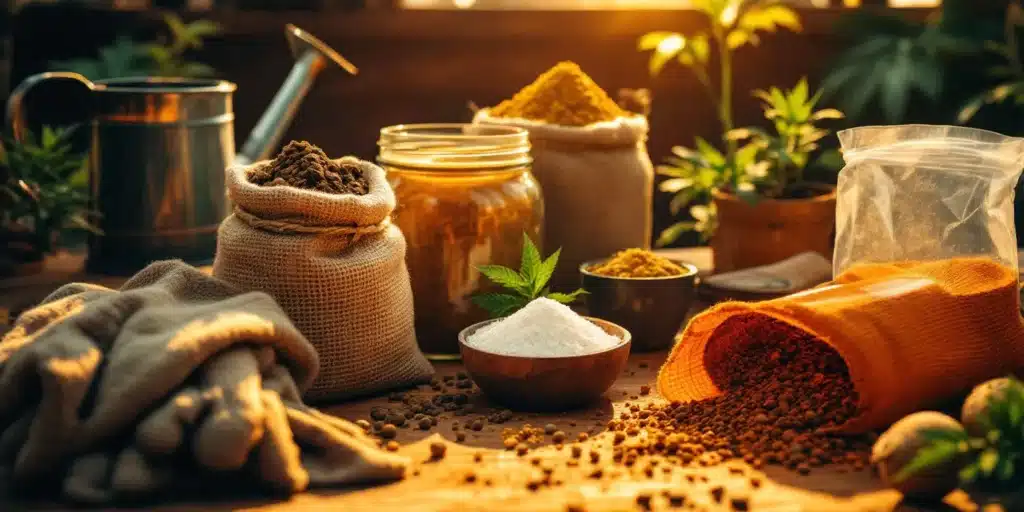
Choosing the Right Fertilizer for Cannabis Stages
As your cannabis plants move from seedlings to full maturity, their nutritional needs will shift considerably. Recognizing these changes is crucial for nurturing healthy plants and maximizing your yield.
Seedling Stage
Young plants require gentle nourishment to kickstart their growth without overwhelming them. Selecting low-concentration fertilizers or methods such as compost tea is ideal at this stage. Too much of a nutrient can lead to shock, setting back your plants’ growth.
- Look for fertilizers with a lower NPK ratio to avoid nutrient overload.
- Organic options, like rabbit droppings or light compost, can encourage strong root development.
As seedlings establish themselves, monitor their health closely. A gentle feeding strategy will support their growth, allowing for a smooth transition into the vegetative phase. Remember, patience is crucial during this formative stage.
Vegetative Stage
In this phase, cannabis plants experience rapid growth and require higher levels of nitrogen. Your goal is to ensure that the plants develop lush, vigorous foliage that sets the stage for the next phase.
- Fertilizers with a higher nitrogen ratio (for example, 10-5-5) are best suited for this stage.
- Liquid fertilizers and nutrient teas can provide an easy-to-absorb nutrient source.
Keep a close eye on your plants during this period. Any sign of slowed growth or yellowing leaves can indicate a need for an increase in nitrogen. A little adjustment at this stage can make a significant difference in how your plants continue to develop.
Flowering Stage
As your cannabis plants transition into the flowering stage, their nutrient requirements shift drastically. During this critical period, phosphorus and potassium become the focus to promote healthy bud development.
- Choose fertilizers that feature a higher phosphorus content, like a 5-10-10 NPK ratio.
- Adding bloom boosters can further enhance bud growth and overall flowering performance.
Using fertilizers specifically formulated for flowering plants can make a marked difference in your final yield. Pay special attention during this phase, as the right nutrients can elevate your harvest significantly.
Common Nutrient Deficiencies
Nutrient deficiencies can drastically impact your plants’ growth and health. Identifying these issues early and taking corrective action can save your crop from potential harm. Here are some common deficiencies to watch for:
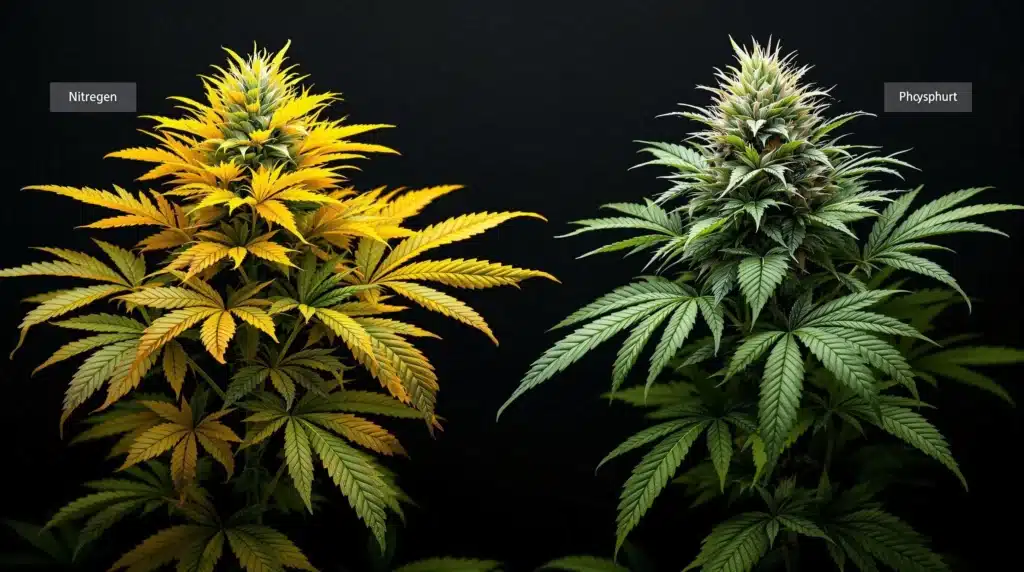
Nitrogen Deficiency
Nitrogen deficiency often shows up as yellowing leaves, particularly older foliage. This indicates that the plant may not be getting enough nitrogen to support its growth needs.
- To remedy this, incorporate nitrogen-rich fertilizers during the vegetative stage.
- Organic options like alfalfa meal or fish emulsion can be great additions to your fertilization plan.
Consistent monitoring is crucial; catching nutrient deficiencies early allows for timely interventions, promoting healthier plants overall. Being proactive will ensure your plants have what they need to thrive.
Phosphorus Deficiency
Phosphorus deficiency can manifest as dark patches on the leaves and stunted growth. This is especially problematic during the flowering phase, as inadequate phosphorus can seriously limit bud development.
- Utilizing bloom-specific fertilizers with high phosphorus content can help counteract this issue.
- Natural sources, such as bone meal or fish bone meal, can also serve as effective supplements.
Adopting a proactive fertilization approach and habitually checking your plants can help you avoid phosphorus deficiency, ensuring your plants can reach their full flowering potential.
Recommended Fertilizer Products
Finding the right fertilizer can take experimentation, but here are some popular products renowned among growers for their effectiveness:
FoxFarm Nutrient Trio
This trio delivers a well-rounded nutrient profile suitable for the entire growth cycle, making it easy to transition from vegetative to flowering phases smoothly.
General Hydroponics Flora Series
This versatile series includes three distinct formulas: FloraGro, FloraBloom, and FloraMicro. This flexibility lets growers create a highly customized nutrient plan tailored to their plants’ growth stage.
Biobizz BioGrow and BioBloom
Ideal for organic-minded growers, Biobizz offers high-quality products that promote healthy growth throughout the various growth stages. BioGrow caters to vegetative needs, while BioBloom supports flowering efforts with organic ingredients.
Frequently Asked Questions
What type of fertilizer is best for cannabis seedlings?
For seedlings, it’s advisable to use low-concentration fertilizers or gentle options like worm castings. This ensures young plants aren’t overwhelmed by excessive nutrients, which could lead to stress or shock.
How often should I fertilize my cannabis plants?
The frequency of fertilization varies based on plant growth stages and the specific products being used. Typically, feeding every 1-2 weeks during the vegetative phase and adjusting as required during flowering is effective.
Can I use regular garden fertilizers for cannabis plants?
Regular garden fertilizers can be used, but it’s important to choose those with an appropriate NPK ratio for cannabis. Avoid high-nitrogen fertilizers when your plants are in the flowering phase, as this can disrupt bud formation.
Is organic fertilizer better than synthetic?
Both organic and synthetic fertilizers have their advantages. Organic options enhance soil quality and can contribute to improved flavors, while synthetic fertilizers can yield quicker results. Your choice should align with your cultivation goals.
What are signs of nutrient burn?
Nutrient burn typically presents as yellow or brown tips on leaves. If you observe these signs, your plants may be receiving too much fertilizer. Adjusting the concentration or frequency of feedings can help rectify the situation.


